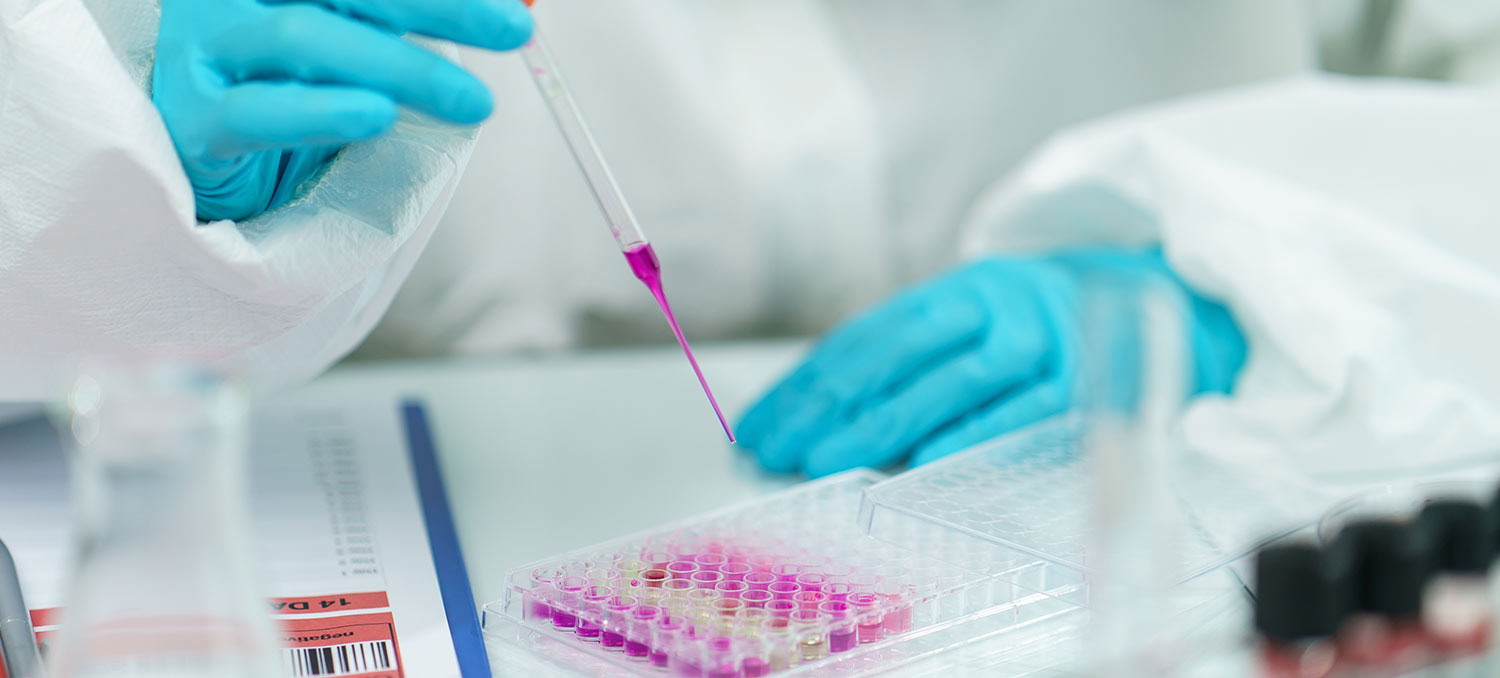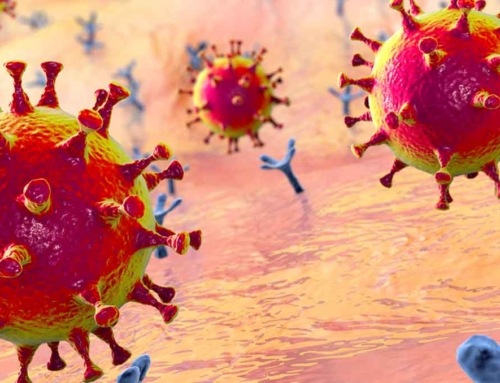Regulatory and Practical Considerations for SARS-CoV-2 Direct Detection Test Developers
IVD tests have two components of accuracy – sensitivity and specificity. Just as specificity is important for serology tests (https://asell.com/regulatory-considerations-for-sars-cov-2-serology-test-developers/), sensitivity is a key measurement of the effectiveness of a direct detection test. These values are typically obtained from a clinical study or method comparison study where the IVD test result is compared to the value obtained from a gold standard method or clinical ground truth. Sensitivity is a measurement of how often a true positive sample will test positive. For a direct detection test, sensitivity is key because false negative results are problematic in that they provide a false sense of security and a belief that the individual does not have SARS-CoV-2, whereas in fact they do. This could lead to individuals with false negative results spreading the virus more widely.
The FDA deserves significant credit in facilitating the rapid development and deployment of tests for SARS-CoV-2. These efforts were supported early on by the creation of an EUA template by FDA, allowing firms to focus on a standardized, well-defined assay validation process. However, as EUA authorized SARS-CoV-2 tests are not required to follow traditional design controls and are being rapidly released without the full suite of clinical validation testing typically required of IVDs, it is perhaps not surprising that some performance issues associated with fielded tests have emerged (for example, see https://www.the-scientist.com/news-opinion/cdc-lab-contamination-delayed-coronavirus-testing-67438 and https://www.fda.gov/news-events/press-announcements/coronavirus-covid-19-update-fda-informs-public-about-possible-accuracy-concerns-abbott-id-now-point). With the goal of minimizing further performance issues, on May 13, 2020, FDA revised their EUA template for molecular tests to require patient samples instead of permitting firms to rely on only contrived samples.
To date, over 70 in vitro diagnostic tests for SARS-CoV-2 RNA detection have been granted EUAs (this does not include the Laboratory Developed Tests that have registered with FDA). The overwhelming majority of EUAs granted by FDA for SARS-CoV-2 are tests for the detection of SARS-CoV-2 RNA using reverse-transcriptase quantitative PCR, or other similar amplification methods. While the initial lack of authorized tests was a key obstacle to overcome, we now have an abundance of authorized molecular-based tests, which has led to a different challenge.
In May 2020, the Association of Molecular Pathology (AMP) published a study (https://www.amp.org/advocacy/sars-cov-2-survey/) showing that a majority of labs experienced molecular testing limitations due to supply chain issues. In other words, the issue is no longer that there aren’t enough authorized tests available; now the issue is getting access to the materials required to run those tests. The most frequently shortages cited by the AMP study were swabs (reported by >90% of labs), transport media (>80% of labs), and test kits or reagents (nearly 80% of labs). The AMP survey results would suggest that it is unlikely that the authorization of additional molecular tests under an EUA would increase testing capacity for COVID-19 unless these supply chain issues are addressed. While many firms are no doubt working to address these supply chain shortfalls, another way to address the issues is through the development of direct detection tests for SARS-CoV-2 using non-molecular test methods that do not compete for the same raw material resources.
As of June 15, 2020, FDA has authorized just one antigen test for emergency use for detection of SARS-CoV-2. This test is approved for use in CLIA labs of both high and moderate complexity, as well as CLIA waived settings. According to Timothy Stenzel, Director of The Office of In Vitro Diagnostics and Radiological Health at CDRH (refer to the FDA Coronavirus Town Hall transcript from May 20, 2020 (https://www.fda.gov/media/138382/download), FDA expects that the minimal threshold for a point-of-care direct detection test is sensitivity of at least 80%. According to Dr. Stenzel, although such a test may be less sensitive than a high complexity molecular test run in a central laboratory, it could potentially play a role in triaging patients who are suspected of having COVID-19.
FDA has published a template to assist test developers with the validation process for antigen tests. Since antigen tests utilize different reagent sets from molecular tests, these tests may help alleviate the supply chain issues currently limiting the availability of SARS-CoV-2 testing.
FDA’s expectations for Emergency Use Authorizations for IVDs that support the COVID-19 pandemic response continue to evolve over time. FDA has been holding weekly briefings to keep the diagnostic community updated on these changes. Still, it can be confusing to understand which FDA regulatory, quality, and testing requirements need to be met for these types of products. If you require assistance in meeting any of these requirements, ASELL’s team of quality, regulatory and IVD experts is ready to assist. Please contact us at info@asell.com.




